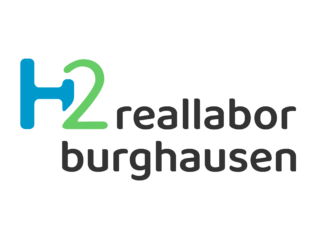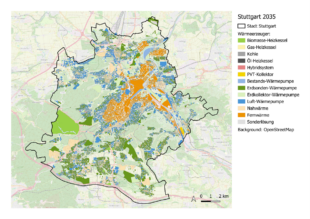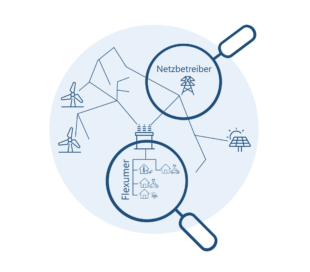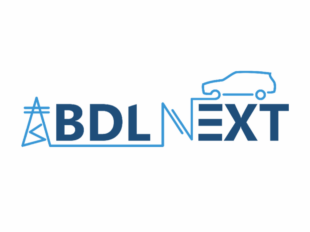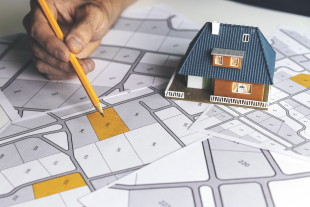
Grids
-
 How much physical grid infrastructure does the secure supply of energy require?Read More
How much physical grid infrastructure does the secure supply of energy require?Read More -
 What tools are available to grid operators?Read More
What tools are available to grid operators?Read More
-
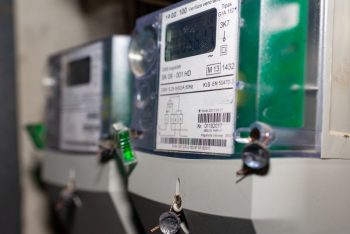 What does a viable future measurement and control infrastructure for the power grid look like?Read More
What does a viable future measurement and control infrastructure for the power grid look like?Read More -
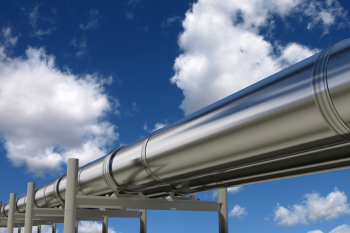 What does a future-proof gas infrastructure look like, and which gases will flow through the pipelines in the future?Read More
What does a future-proof gas infrastructure look like, and which gases will flow through the pipelines in the future?Read More -
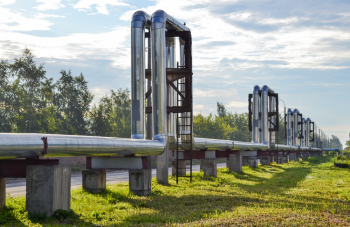 What role will district heating networks play in the future?Read More
What role will district heating networks play in the future?Read More
